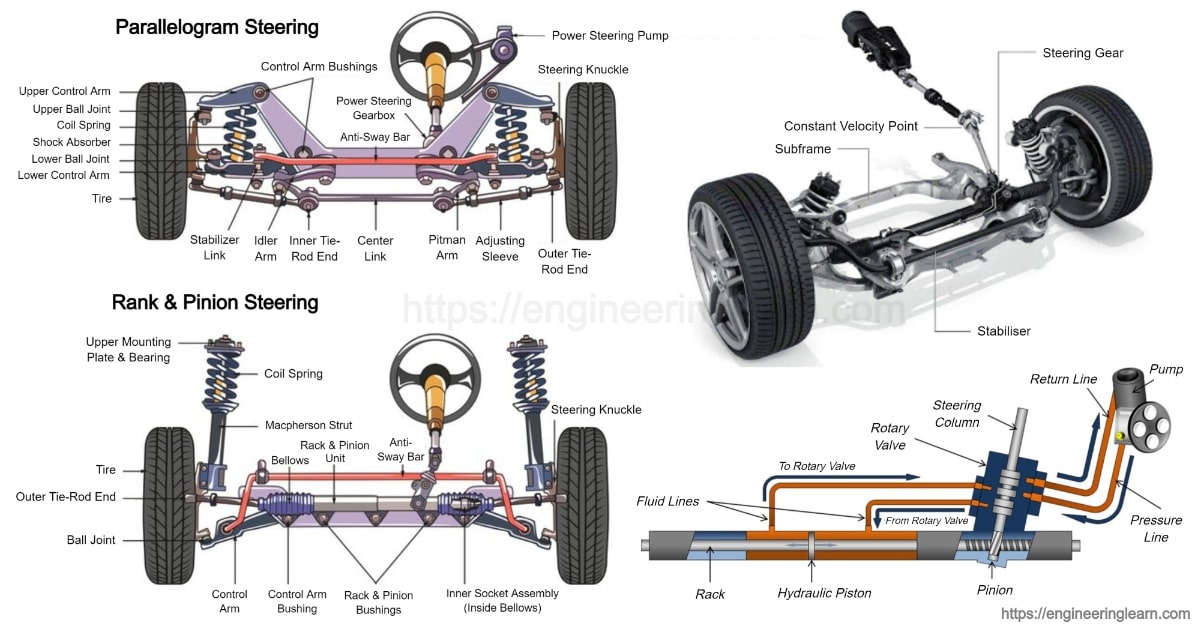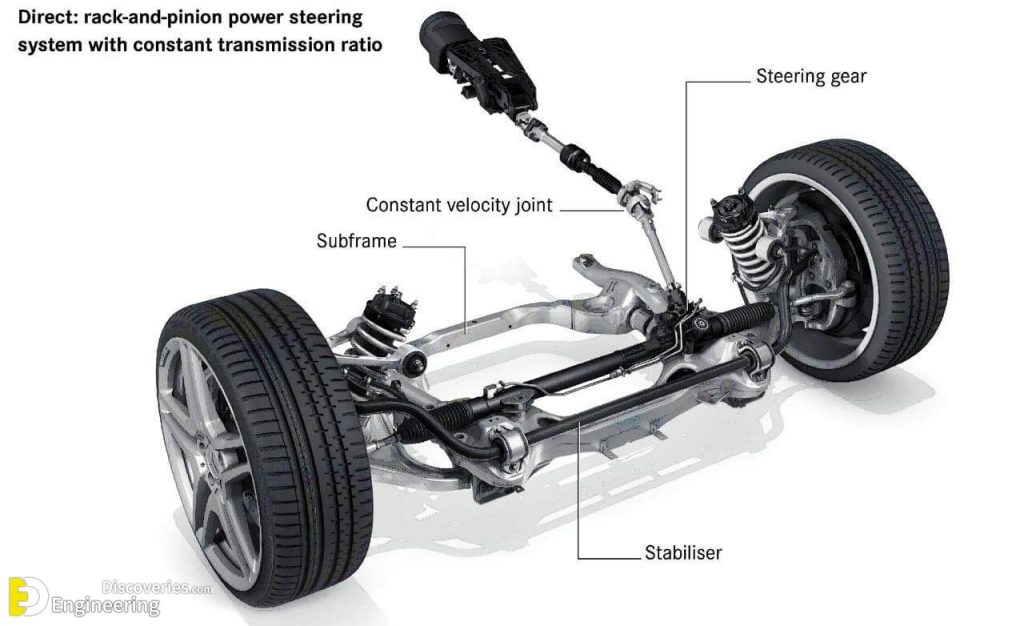The Evolution of Steering Systems in Vehicles
A Brief History of Manual Steering
When the first automobiles were introduced in the late 19th century, manual steering was the only option available. As the name suggests, manual steering relies entirely on the driver’s physical strength and effort to turn the wheels. Early steering systems used a simple gear and linkage configuration to connect the steering wheel to the front wheels. As the driver turned the wheel, it rotated a gear that pulled on tie rods attached to the wheels, causing them to pivot accordingly. This straightforward system worked adequately, but steering became increasingly heavy, tiresome work as vehicle sizes and weights grew through the early 20th century. Larger cars with big iron wheels required significant upper body strength just to maneuver at low speeds. Tight parking maneuvers like backing into a space involved numerous slow, heavy rotations of the steering wheel. Out on the open road or highway, drivers had to plan maneuvers far in advance due to the sluggish responsiveness of manual systems. While small, lightweight vehicles could still be steered with relative ease, the burgeoning popularity of full-sized family sedans and utility vehicles magnified the drawbacks of fully manual control. Clearly, innovations were needed to make steering more effortless and responsive for the changing needs of motorists.

The Dawn of Power Assisted Steering
In the post-World War 2 era as automobile ownership expanded rapidly, steering became a primary area ripe for innovation. Hydraulic power steering was among the first practical solutions developed to counter the rising difficulties of manual systems. Around 1947-48, BorgWarner and others began introducing early power steering units that worked on the basic principles still used today. An engine-driven hydraulic pump generated fluid pressure to supplement the driver’s input force through a control valve and cylinders. This extra “power” made steering significantly lighter and low-speed maneuvers much simpler. The first mainstream adoption of power steering came on GM’s 1955 Cadillac lineup, which offered it as an $83 option. However, its installation was still an complex and expensive process at that time. Through the 1950s, other luxury brands followed suit, gradually filtering the technology down to mid-size and compact categories as well. By the 1960s, power steering had become a standard feature on most family cars. Early adopters expressed amazement at how effortless it made cornering, parking and highway lane changes compared to manual systems. However, some noted it removed feedback from the road, requiring adjustments to steering feel.
Advances in Electric Power Steering Technology
In the 1980s and 90s, a new generation of electric power steering (EPS) began to emerge as an alternative to hydraulic systems. Using advanced electric motors and sensors rather than hydraulics, EPS provided quicker, more precise assistance tailored to varying road conditions and speeds. Some key advantages of EPS included smaller package size for more design freedom, higher fuel efficiency since no accessory drive components were needed and easier integration of driver assist technologies. By the late 1990s, major automakers like Toyota and Honda had begun adopting EPS widely. As digital control capabilities grew more sophisticated through the 2000s-2010s, EPS systems evolved significantly. Advanced algorithms could instantly modify steering torque based on hundreds of dynamic vehicle variables. This allowed for remarkably natural feedback similar to hydraulic systems, but with greater adjustability. Safety features like lane departure warning and collision mitigation also benefitted from the processing power and sensors within modern EPS architectures. Now steering functions like automated parking could be offered. The switch to all-electric powertrains further accelerated EPS adoption over hydraulic systems as well. Today, EPS reigns as the prevalent power steering method. Its clean packaging, efficiency gains and ability to seamlessly integrate emerging driver aids have made steering both easier and safer than ever before. While manual steering endures only in a few niche applications, EPS will undoubtedly continue improving motorized mobility worldwide.
Comparing Manual, Hydraulic and Electric Systems
Each steering system type offers distinct characteristics that have advantages in different application scopes: ### Manual Steering
- Requires significant physical effort, especially at low speeds
- Minimal complexity and no risk of hydraulic/electric failures
- Provides direct road feel without sensors ### Hydraulic Power Steering
- Greatly reduces steering effort from intermediate to high vehicle speeds
- Reliable with a long track record of proven designs
- Can emulate precise manual-steering lock-to-lock ratios ### Electric Power Steering
- Near effortless steering assistance at all speeds and conditions
- Enables sophisticated driver-assist technologies
- Highly adjustable and customizable to varying vehicle types
- More efficient than hydraulic systems in hybrid/electric vehicles
While manual steering served early automobility well, power steering innovations have delivered unparalleled ease and safety. Both hydraulic and electric versions each saw peak popularity depending on the technology maturity at different eras. Looking ahead, fully electric vehicles will solidify EPS’s present dominance.
